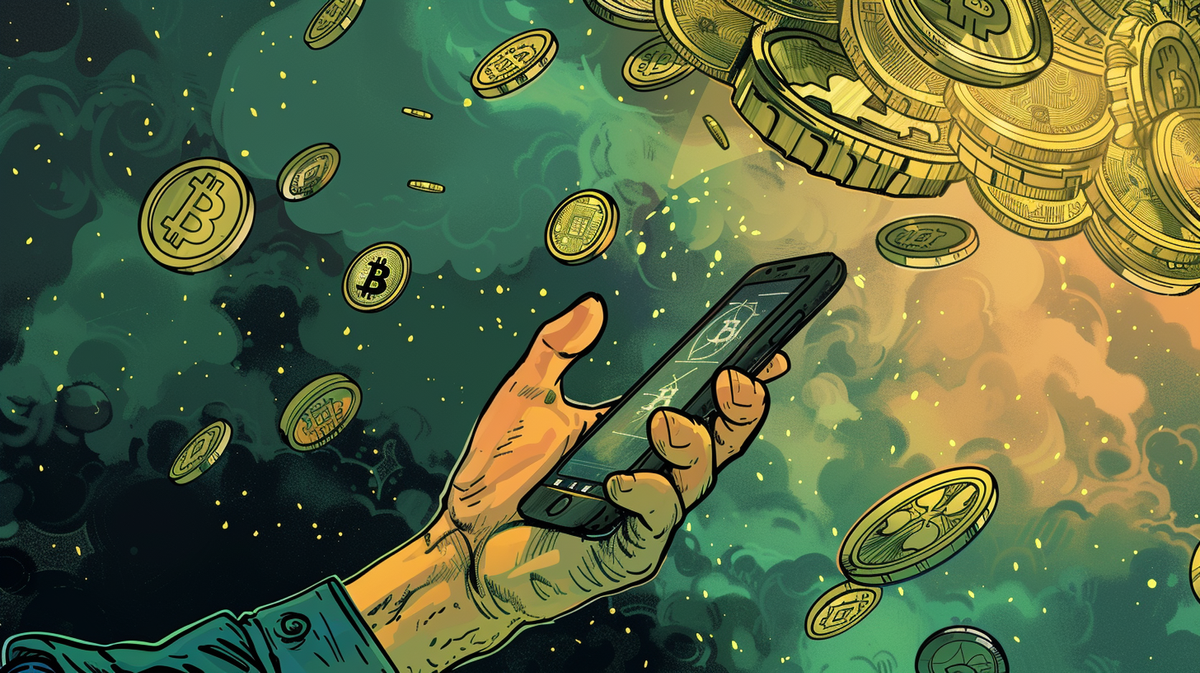
Myanmar has been grappling with significant political and economic instability since the military coup in February 2021. Due to the war between the Myanmar military and the revolutionary forces, there is no financial stability, and it has already affected a significant portion of the country's finances. In this volatile environment, cryptocurrencies have emerged as an alternative method of financial transactions and wealth preservation. However, the military's recent crackdown on peer-to-peer (P2P) networks has added a new layer of complexity to Myanmar's crypto future.
Cryptocurrencies are gaining popularity in Myanmar for many reasons. The devaluation of the kyat, Myanmar's currency, has led to inflation and reduced purchasing power. Cryptocurrencies, particularly stablecoins pegged to more stable fiat currencies, offer a hedge against this volatility. International sanctions have isolated Myanmar from the global financial system, making it difficult for citizens and businesses to conduct cross-border transactions. Cryptocurrencies provide a way to bypass these restrictions. Limited access to traditional banking services, especially in rural areas, has driven the adoption of digital currencies as a more accessible financial tool.
Under Myanmar's military rule, the junta's attack on P2P networks aims to control financial flows and maintain economic stability. The crackdown has made it harder for people to access and trade cryptocurrencies, particularly for those who rely on P2P networks for transactions due to limited banking options. The threat of arrest and surveillance has increased the risks associated with cryptocurrency use. Many users may be deterred from being engaged in crypto transactions due to fear of government reprisal.
To circumvent these challenges, users might shift to more secure and private methods of cryptocurrency transactions, such as using decentralized exchanges (DEXs) or privacy-focused coins. However, these alternatives also come with their own set of risks and complexities.
Undermining The Financial Autonomy
The military's attack on P2P networks has significant consequences for the future of cryptocurrencies in Myanmar. P2P networks are crucial for the decentralized nature of cryptocurrencies, enabling transactions without reliance on centralized authorities. By targeting these networks, the military disrupts the fundamental infrastructure that supports the use and exchange of cryptocurrencies.
This crackdown not only undermines the financial autonomy and privacy of individuals but also stifles innovation and economic freedom in the region. As a result, the future of cryptocurrencies in Myanmar faces considerable challenges, potentially hindering their adoption and development.
The Path Forward
Despite the crackdown on P2P networks, the adoption of blockchain technology and digital currencies remains promising. These technologies can enhance financial inclusion, especially in remote areas where traditional banking infrastructure is lacking.
Improving financial literacy is crucial for the population to understand and trust new financial systems. Education initiatives can empower individuals to make informed decisions about using digital financial services. Implementing progressive regulatory frameworks can balance innovation with security. Clear regulations can attract foreign investments and stimulate the growth of fintech startups, fostering a more resilient and inclusive financial ecosystem. By addressing these challenges and leveraging these promising directions, Myanmar can build a robust and inclusive financial system that supports sustainable economic growth.
Myanmar's crypto future is fraught with challenges due to the military's aggressive stance on P2P networks. While cryptocurrencies offer a glimmer of hope for financial stability and independence in an unstable environment, navigating the risks associated with government crackdowns will require resilience, innovation, and support from the global crypto community. The outcome in Myanmar could serve as a case study for other regions facing similar challenges, highlighting the critical balance between technological advancement and regulatory oversight in the world of digital finance.